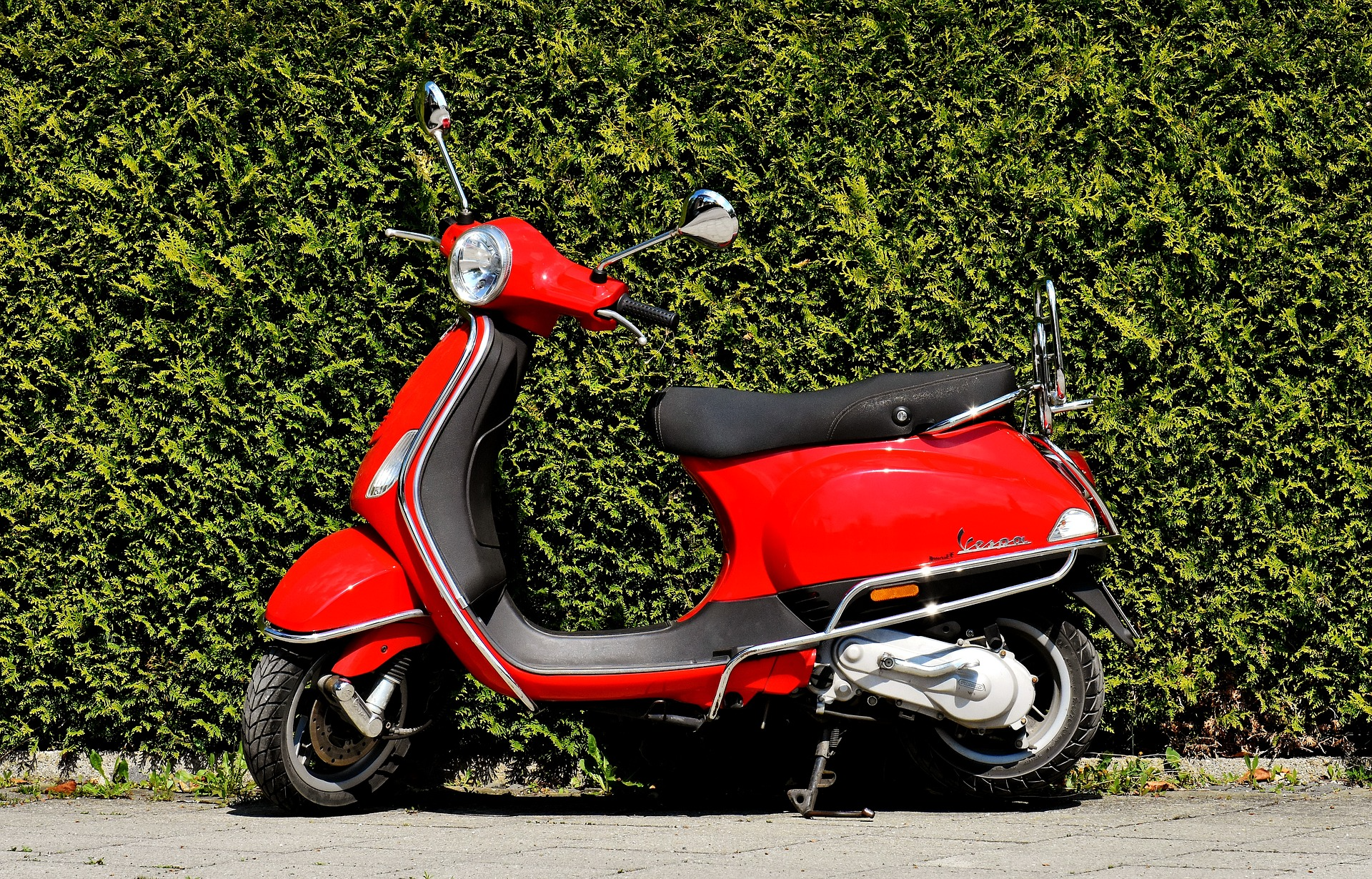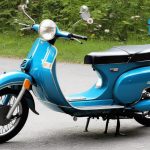Mopeds are a great way of traveling. Whether you want to use it for daily commutes or just to explore nearby places, mopeds can be a convenient way of traveling. But after years of riding the same moped, you must wonder, “How long mopeds last”? Well, we have the answer for it for you!
Like any vehicle, a moped’s longevity depends on various factors, including maintenance, usage, and the quality of the moped itself. Mopeds and scooters come in different types, which is why their maintenance practices can also be different.
In this article, we will answer your questions and share tips on how to extend the lifespan of your moped.
Factors Influencing Moped Longevity
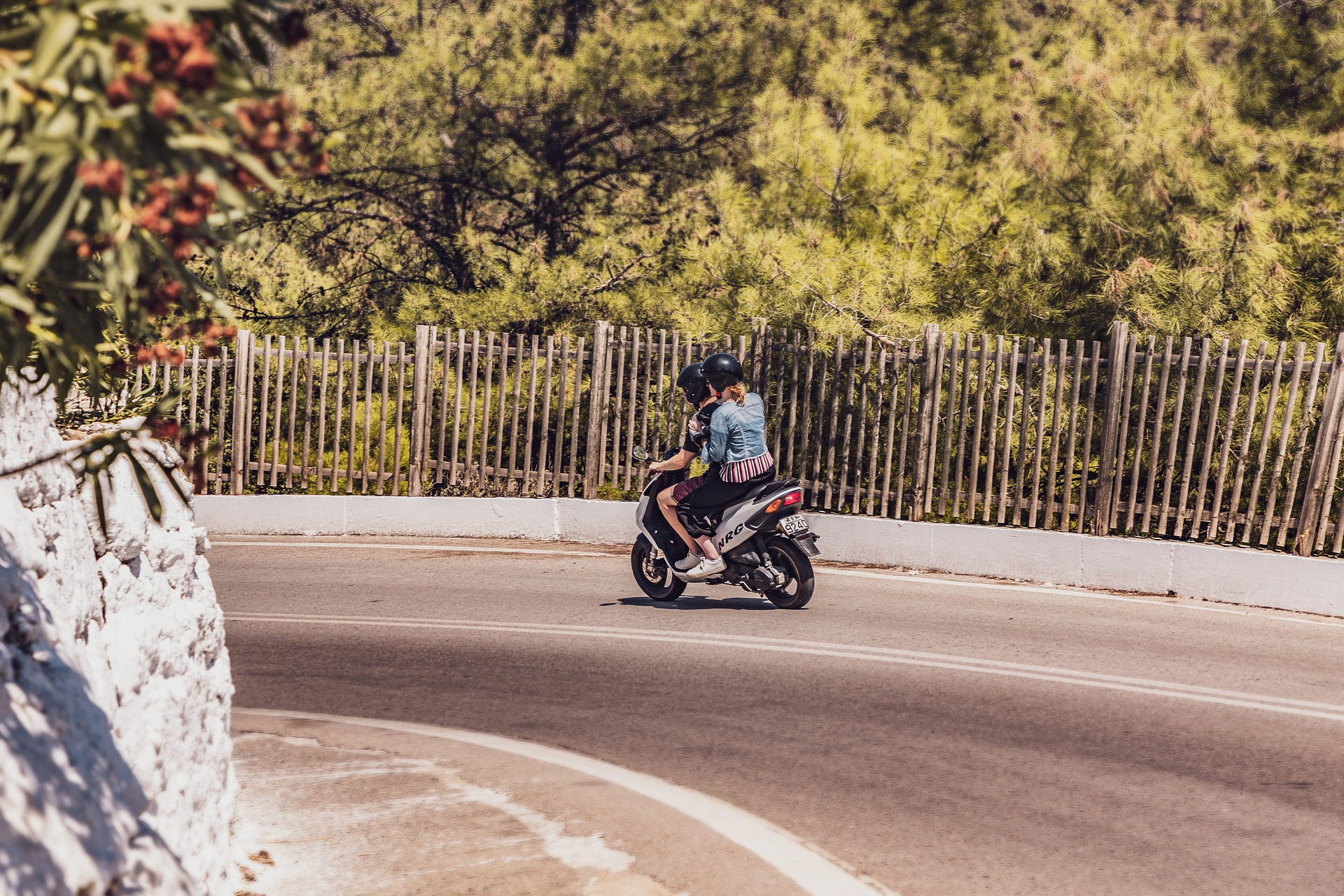
Several factors decide a moped’s longevity. Depending on how it is cared for, a typical 49cc/ 50cc scooter can last for 20,000 to 30,000 miles. These small engines are designed for small use and not constant high-mileage running.
However, most mopeds have a life expectancy of 5,000 to 10,000 miles. A few mopeds do clock up more miles, but 20,000 is instead considered high mileage.
Sometimes, the moped owners replace them with newer models or alter them before they reach a high mileage level. Rental mopeds are ridden for around 1000 miles, after which they are usually sold off since they are often ridden along sandy beaches.
Quality of the Moped
The quality of your moped in the beginning will have a direct impact on its longevity. Brand-name moped manufacturers tend to use better materials and construction, creating mopeds that are simply better built and longer lasting.
Yes, you are going to spend a little bit more upfront on a brand name, but you’re also going to be able to avoid repairs and replacements more regularly than you would have been with off-brand options!
Maintenance Practices
Regular maintenance is vital to making a moped last. This includes regular checks and changes of things like engine oil, brake pads, tires, and batteries. Regular services with professionals will catch and fix problems before they become too big. Some maintenance practices you can consider are:
a. Engine Oil
The engine oil change should be done to make sure the engine works well. Usually, it is necessary to change the oil every 1,000-2,000 miles according to the model of your moped and how you are using it.
b. Brake Pads
Worn-out brake pads can make braking less effective and cause accidents. Thus, it is important and necessary to check and replace brake pads regularly for safety and durability.
c. Tires
Tires should be checked regularly for wear and tear, kept inflated to proper levels, and replaced when needed. Well-kept tires help preserve the moped’s performance and safety.
d. Battery
The battery should be regularly checked for corrosion and drain out. A properly kept battery guarantees easy and good electrical facilities.
Riding Habits
How a moped is actually ridden can make a huge impact on how long it will last. If you ride aggressively and are always accelerating hard and then braking hard, you will wear everything out way faster (engine, brakes, tires). If you take it easy and always accelerate and brake smoothly, that will help keep everything in good working order. Here are more riding habits that could affect the lifespan of a moped:
a. Overloading
The moped is not built to carry more weight than it should. Doing so will strain the engine and other parts, eventually leading to faster deterioration. Make sure to follow the manufacturer’s manual regarding how much weight you can load onto your moped.
b. Terrain
Riding on rough terrains or uneven surfaces produces more wear and tear than smooth, paved roads. If possible, take smoother routes to put less stress on the moped.
Storage Conditions
The proper storage of a moped is the key to its long service life. There are several dangers in exposure to bad weather- rust, corrosion, and destruction of various parts. Keeping the moped indoors in a dry climate affords some protection from the elements.
a. Weather Protection
Applying a cover or storing the moped indoors protects it from rain, snow, and direct sunlight, which can harm the paint and metal parts.
b. Seasonal Storage
For those opting to store their moped away when it’s not riding season, it’s important to properly prepare. This includes cleaning the moped, draining or stabilizing the fuel, and disconnecting the battery to prevent depletion.
Frequency of Use
The lifespan of a moped also depends on how often it is used. If it is used regularly but in moderation, then you can expect the engine and other parts to last for many years. On the other hand, if you ride your moped like a maniac and do not take very good care of it, then naturally, all of the parts will wear out quickly.
How To Maximize A Moped’s Longevity
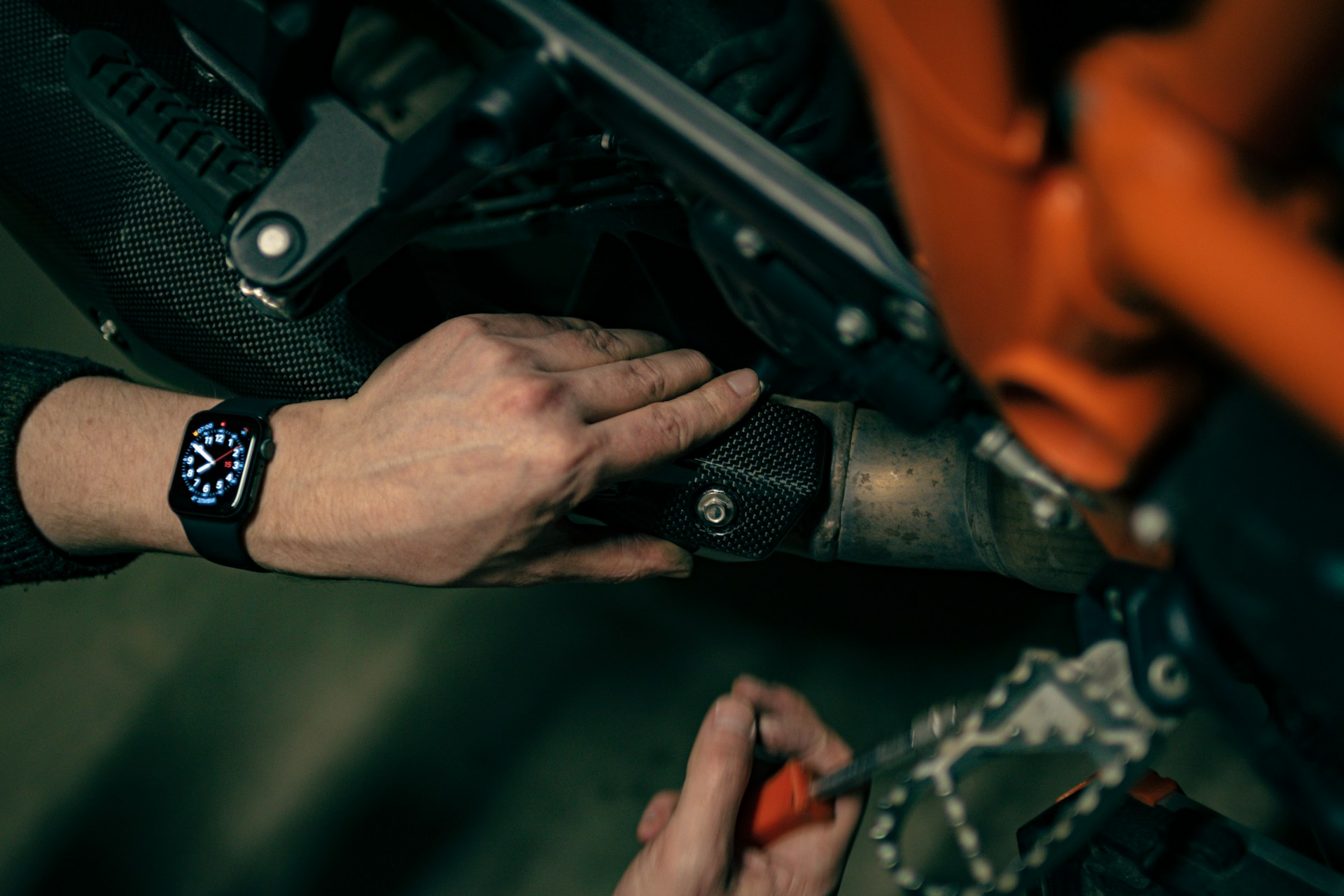
Mopeds in Hawaii or other parts of the world are reliable transportation. Therefore, if possible, you’ll surely try to do proper maintenance so your moped can have a longer lifespan. Here are some tried ways that will help you do so for both your gas as well as electric scooters.
Adhere To A Proper Maintenance Schedule
One of the most effective ways to ensure a moped lasts longer is by making sure it is maintained properly, as recommended by the manufacturer. This includes regular oil changes, engine work, brake levers and brake lines checks, tire inspections, checking the electrical system, and battery maintenance.
Use Quality Parts
When replacing parts, investing in high-quality, compatible parts will ensure not only better performance but also longer life. Despite their initial cost advantages, the cheaper alternatives can lead to replacement parts more frequently and, in some cases, even cause damage to the moped.
For example, I’ve noticed that steel-made parts are proven to last longer, give optimal performance, ride better, and reduce replacement frequency. Also, if you have an electric moped, ensure that your electric scooter battery has quality lithium-ion batteries.
Regular Cleaning
A moped is a small scooter, so due to its size, it can be pretty difficult to avoid any dirt from getting on the scooter. To keep a distance from dirt, grime, and corrosive substances that could injure the exterior and mechanical parts, you have to clean your moped at regular intervals.
Cleaning the body, removing any dirt from the chain, and making sure nothing is obstructing the air filter are some of the necessary actions to take to keep the moped in good condition and increase its average lifespan.
Proper Riding Techniques
To keep your moped in good condition, it does not always depend on how many miles you’ve ridden it; applying the right riding techniques can greatly reduce wear and tear.
Learning how to control and manipulate the flow of the car by maintaining good practices like gentle acceleration and braking, using low gears, and avoiding rough tracks whenever possible is a great way to protect the long-term health of the moped.
Professional Servicing
Proper care of your moped can be taken with regular professional maintenance, which guarantees the quick identification and removal of any potential issues.
The presence of professionals with related knowledge and suitable equipment is the turning point in a successful inspection and repair process, hence improving the overall durability of your moped.
Monitor Performance
Looking after the moped’s performance beforehand will achieve prevention of more serious issues. Any abnormal sounds, vibrations, or loss of performance should be attended to at once to prevent further damage to the vehicle.
For example, if you see any abnormalities in your engine, get it checked by a professional, replace the old engine with a new engine to improve its performance, and scoot around freely.
Common Moped Issues and Solutions
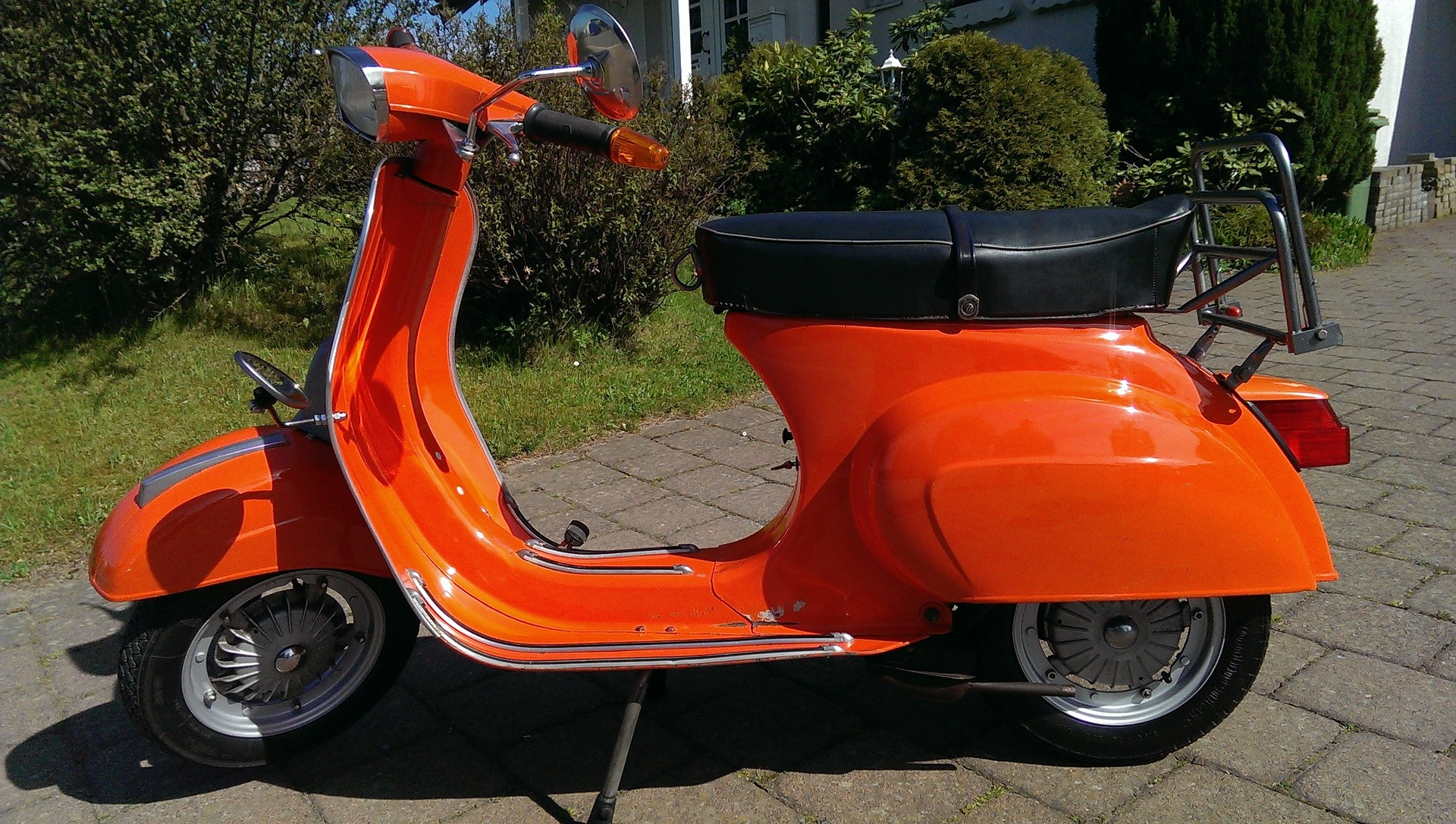
The fact that I have traveled 5,000 miles on my moped, the majority of the time running at full power, doing burnouts, and it’s still in good shape indicates the first major advantage of a maintained scooter.
The most common problems are fuel leakage and replacement of the entire crankcase, in addition to other essential parts such as the cylinder and electronics. I have only dealt with the idling issue and other small things throughout my experience.
The uncommon engine breakdowns have not always happened in the last five years, and usually, they are the result of the owner’s fault or the mistreatment of the engine.
Interestingly enough, the engines usually continue to work well beyond the time the riders are able to avoid crashes. It is rather rare for 50cc Chinese scooters to reach 10,000 miles without a collision. Here, I’ve listed a few common problems you could face and how you can deal with them.
Engine Problems
Engines can wear out over time, reducing their performance or even stopping functioning. However, changing the oil at regular intervals, using the right fuel, and having the vehicle tuned by a professional if it is older will normalize these problems.
Electrical Failures
The electric system, which includes the battery, lights, and ignition devices, is the most vulnerable to age or bad maintenance. Regular control and the replacement of faulty parts ensure a power supply.
Rust And Corrosion
High humidity levels usually lead to rust and corrosion development, which is normally manifested in more severe weather conditions. For rust inhibition, removal of rust, and correct storage, you should typically clean, use a product for rust inhibitors, and store it properly.
Brake Wear
Brake wear plays an important part in making the braking system less effective, as it can no longer work if it has gone bad. It is important to check and replace the worn brake pads, brake rotors, and discs regularly to keep your car in good condition.
FAQs
How long does a moped typically last?
Mopeds can last anywhere from 5 to 10 years or even longer with proper maintenance. The lifespan depends on factors such as usage, maintenance, and the quality of the moped.
What is the average mileage before major repairs are needed?
On average, mopeds can run for about 10,000 to 20,000 miles before needing significant repairs. This can vary widely based on the moped’s make, model, and maintenance history.
What are the signs that my moped is nearing the end of its life?
Common signs include frequent breakdowns, difficulty starting, unusual noises, decreased performance, and high repair costs exceeding the moped’s value.
To Wrap It Up
The life expectancy of the moped depends on several factors, such as the quality of the moped, how well it is maintained, how it is used, where it is stored, and how often it is used.
Mopeds, if well maintained and serviced, will last between 5 and 20 years or even more. Proper care of a moped, regular service of the moped, and practicing proper riding techniques will go a long way in improving its lifespan.
Thus, following these measures, you will be able to use the vehicles for many years as a means of efficient transportation.

